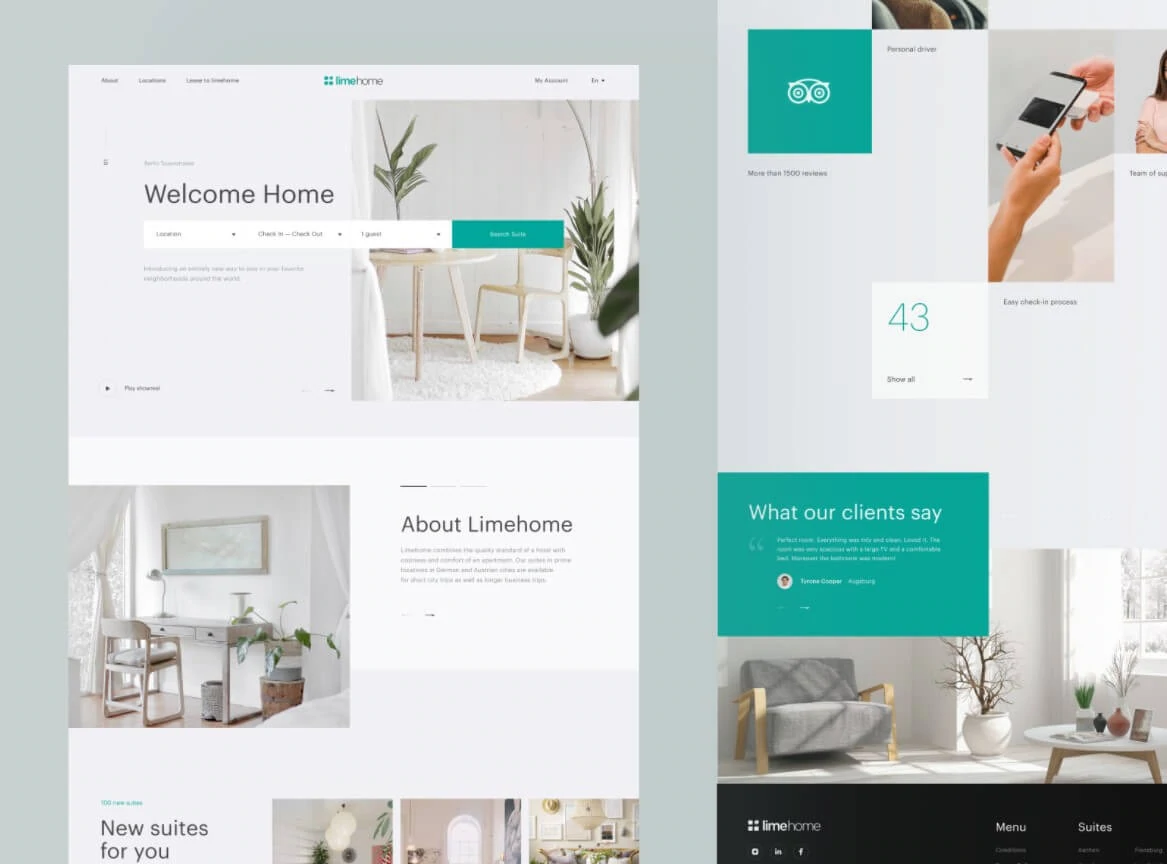The Effect of Customer Experience on Your Website Design Strategy
The Effect of Customer Experience on Your Website Design Strategy
Blog Article
Take Full Advantage Of Involvement: Proven Techniques for Superior Internet Site Style
In a significantly electronic landscape, the importance of a user-centric strategy to internet site layout can not be overemphasized. Understanding just how effective navigating, aesthetic pecking order, and material optimization merge to improve customer involvement is vital for any type of organization looking for to make a purposeful impact. As we check out various tested strategies that add to exceptional internet site style, the interplay between these elements exposes not only ideal techniques yet additionally cutting-edge approaches that can boost user experience. What might surprise you is just how basic modifications can bring about amazing improvements in engagement metrics.
Significance of User-Centric Layout
User-centric layout is essential in producing reliable sites, as it prioritizes the needs and preferences of completion customer from the very start of the style procedure (website design). This technique ensures that the internet site is customized to provide an optimum experience for individuals, facilitating engagement and contentment. By comprehending individual actions, goals, and discomfort points, developers can develop interfaces that resonate with their target market and foster a sense of link
Executing user-centric design entails substantial research, including user personas and journey mapping, which assist in recognizing the particular demands of different customer sectors. This data-driven methodology enables informed choices relating to design, material, and capability, eventually leading to the creation of a more attractive and instinctive internet experience.
Moreover, a user-centric method promotes access and inclusivity, ensuring that web sites provide to varied user capabilities and choices. This not just improves customer experience however likewise broadens the audience reach. In an affordable electronic landscape, focusing on user-centric style is not simply useful; it is important for driving interaction, reducing bounce prices, and promoting individual loyalty. Efficient sites are those that resonate with users, making user-centric style a fundamental principle for effective internet development.
Effective Navigation Strategies
A well-structured navigating system is a cornerstone of reliable internet site layout, building directly on the principles of user-centric layout. Efficient navigation permits customers to discover info promptly and intuitively, boosting their general experience and motivating longer check outs.
To achieve this, consider implementing a clear hierarchy in your navigating food selection. Primary categories must be quickly noticeable, while subcategories can be disclosed through dropdowns or expanding menus. This company aids users expect where they may locate pertinent web content, minimizing irritation.

Consistency is vital; utilize acquainted terms and design aspects throughout the website to stay clear of confusion. Breadcrumb routes can additionally be helpful, providing individuals with contextual awareness of their area within the site and making it possible for simple backtracking.
Finally, make certain that your navigation is mobile-friendly and receptive. As even more users gain access to websites through smart phones, adjusting your navigating for smaller screens is important for maintaining use and accessibility. By prioritizing these strategies, you can develop a seamless navigating experience that maintains users involved.
Visual Pecking Order and Format
Developing a clear visual hierarchy is important for leading individuals through a site's content properly. A well-structured layout not just improves customer experience yet additionally influences how site visitors connect and view with information. By purposefully using dimension, spacing, comparison, and color, developers can produce focal factors that accentuate the most crucial elements, such as headlines, phones call to action, or photos.
Incorporating see a grid system can further improve visual hierarchy by supplying a consistent framework for web content positioning. This organization enables users to navigate the website without effort, making it simpler my response to absorb information (website design). Furthermore, the use of whitespace is important; it produces breathing space around components, lowering cognitive overload and highlighting crucial material

Content Optimization Strategies
While producing aesthetically attractive layouts is necessary, the efficiency of an internet site inevitably hinges on how well its material is maximized for both online search engine and customer involvement. Material optimization includes a strategic approach that boosts exposure and significance, inevitably driving web traffic and preserving visitors.
First, keyword research is basic. Recognizing relevant search phrases that align with customer intent enables for the assimilation of these terms naturally into headings, message, and meta summaries. This not only assists in ranking higher on online search engine yet likewise boosts the clarity of content for individuals.

Additionally, maximizing for local search engine optimization can boost engagement for region-specific target markets. Including localized key words and producing content that addresses local interests enhances relevance.
Finally, frequently my site upgrading content ensures that it continues to be fresh and beneficial, attracting both search engines and returning individuals. By focusing on these content optimization techniques, services can create an engaging on-line visibility that promotes communication and drives conversions.
Responsive and Mobile-First Approaches
Customer involvement and web content visibility are significantly affected by the capacity of a site to adjust seamlessly across different gadgets. With the rise of mobile browsing, utilizing receptive design and mobile-first strategies has actually become vital for effective web development. Responsive layout makes sure that a solitary web site format adjusts fluidly to various screen sizes, from desktop computers to smartphones, thereby offering a constant customer experience.
On the other hand, a mobile-first method focuses on the mobile user experience throughout the layout process. By making for smaller screens originally, programmers can concentrate on essential functions and enhance efficiency, guaranteeing that customers are not bewildered by unnecessary content. This approach also boosts filling times, which is crucial for maintaining visitors.
Both methods add to greater involvement rates, as individuals are much more likely to communicate with a website that is aesthetically enticing and straightforward. Furthermore, search engines prefer mobile-optimized websites in positions, consequently improving presence. In recap, taking on receptive and mobile-first layout methods is important for taking full advantage of user engagement and making sure that web content remains available and efficient across all devices.
Final Thought
To conclude, the execution of user-centric layout concepts is vital for making best use of engagement in web site layout. Effective navigation techniques, a distinct aesthetic power structure, and optimization of material considerably enhance user experience. Furthermore, embracing receptive and mobile-first approaches guarantees accessibility throughout various tools. Collectively, these techniques not just promote info retrieval but also foster deeper customer communication, inevitably adding to higher engagement rates and total site success. Prioritizing these components is vital for effective internet site design.
As we explore different tried and tested methods that add to outstanding web site layout, the interplay in between these components discloses not just finest methods however also innovative approaches that can elevate individual experience.User-centric layout is essential in developing reliable internet sites, as it focuses on the needs and preferences of the end user from the actual start of the layout process. Effective sites are those that resonate with individuals, making user-centric style an essential principle for successful web growth.
Receptive layout makes sure that a solitary website layout changes fluidly to different display dimensions, from desktops to mobile phones, thus supplying a constant individual experience.
In summary, adopting mobile-first and receptive layout methods is important for maximizing user engagement and making sure that material continues to be available and reliable across all devices.
Report this page